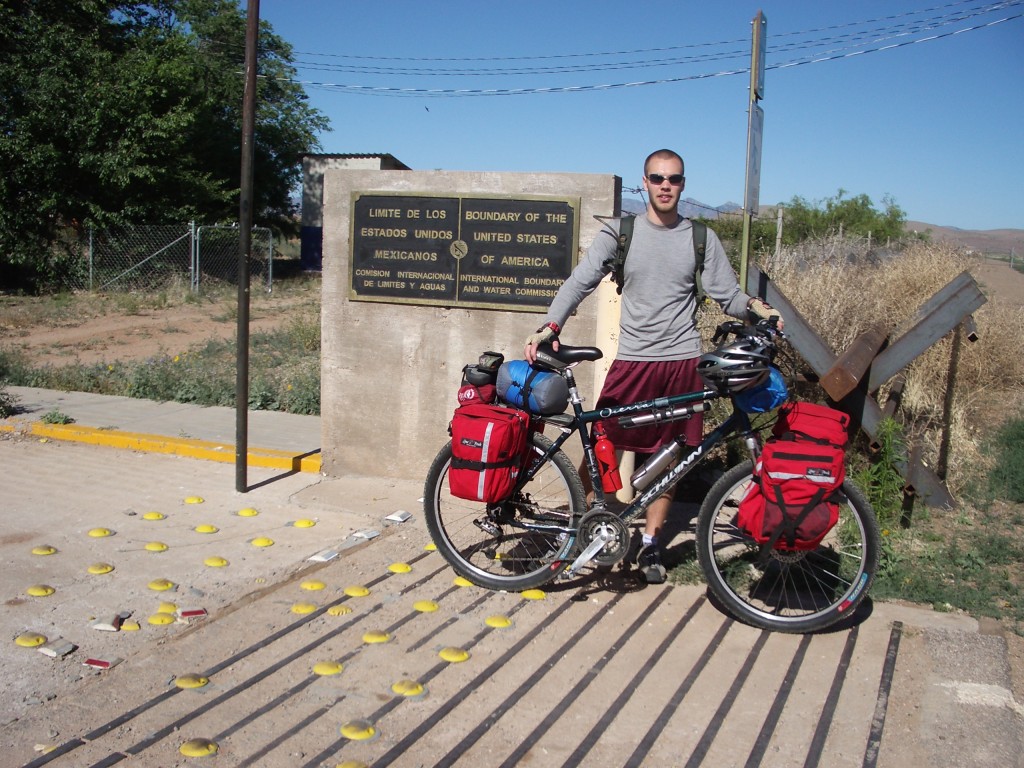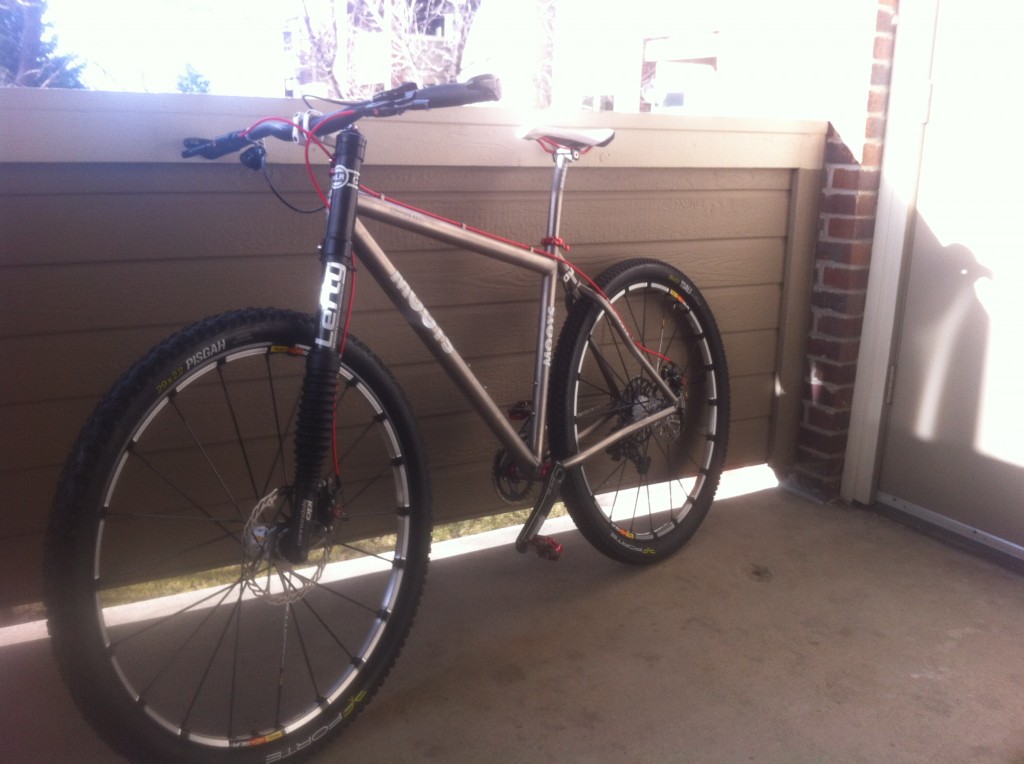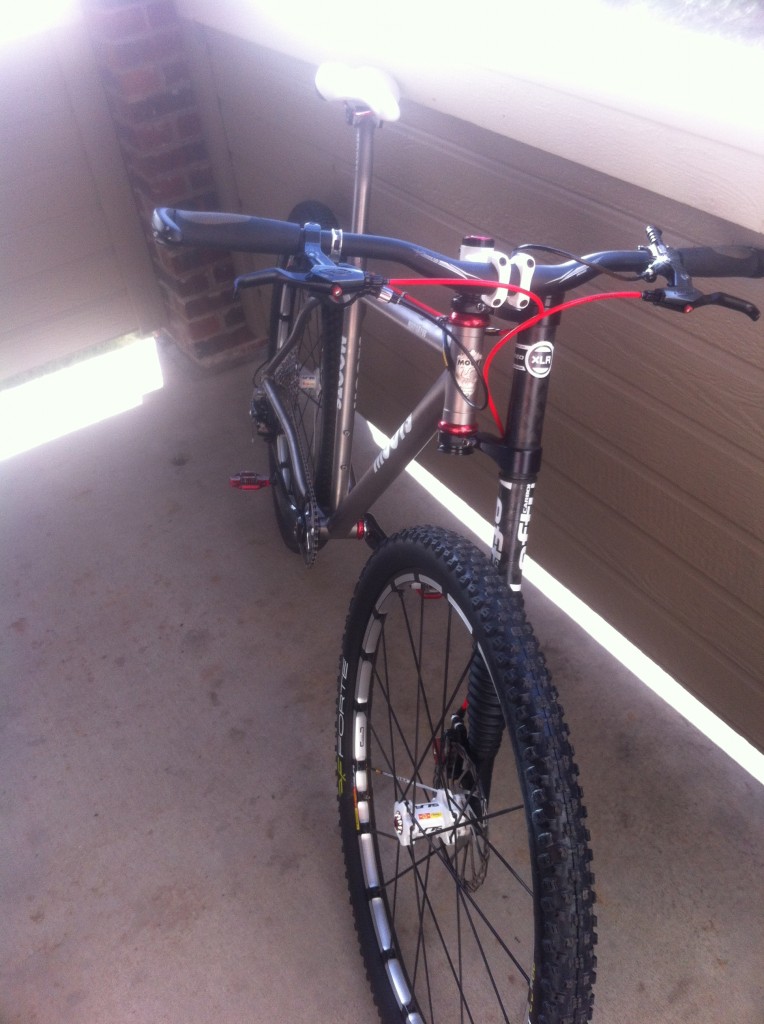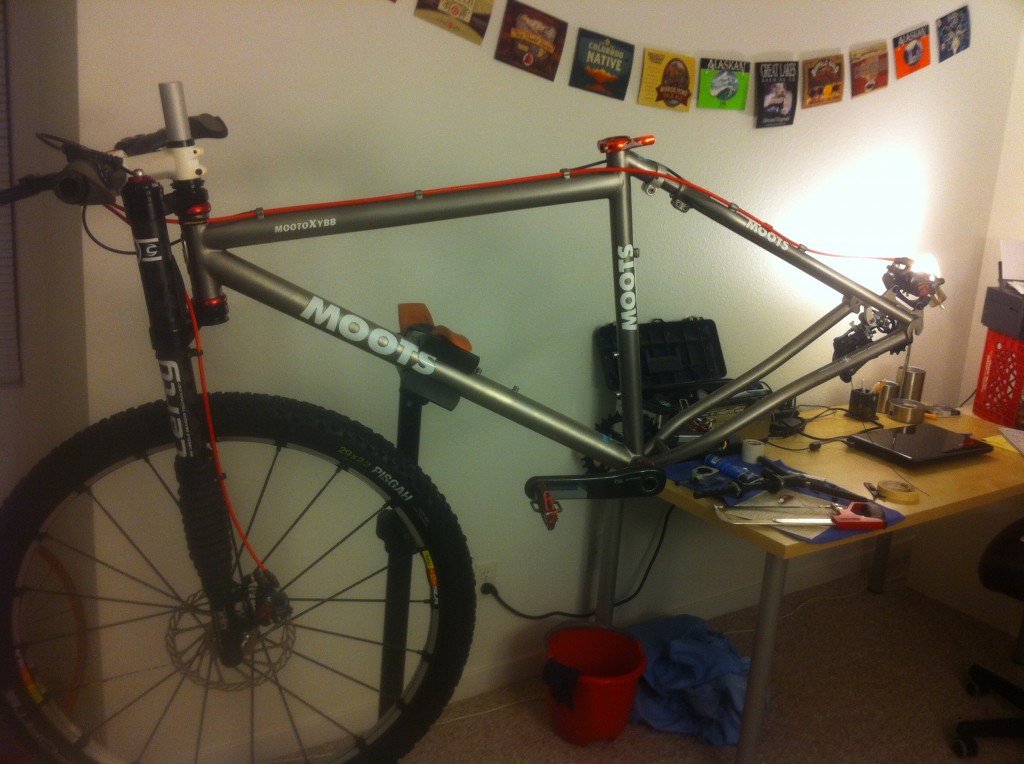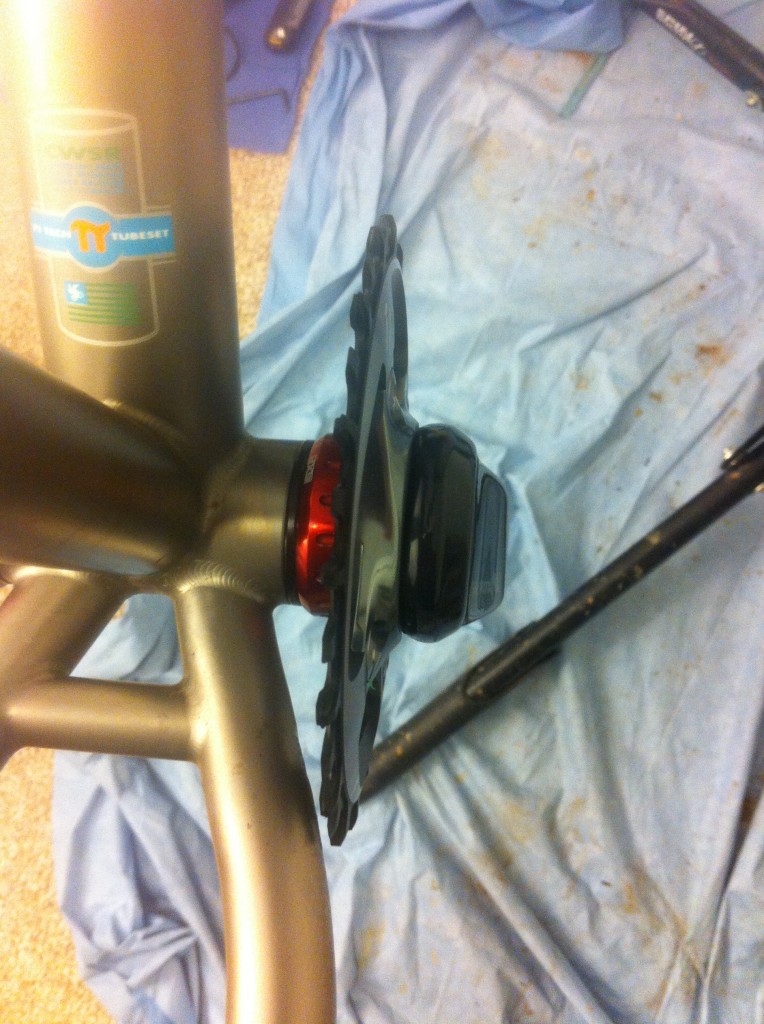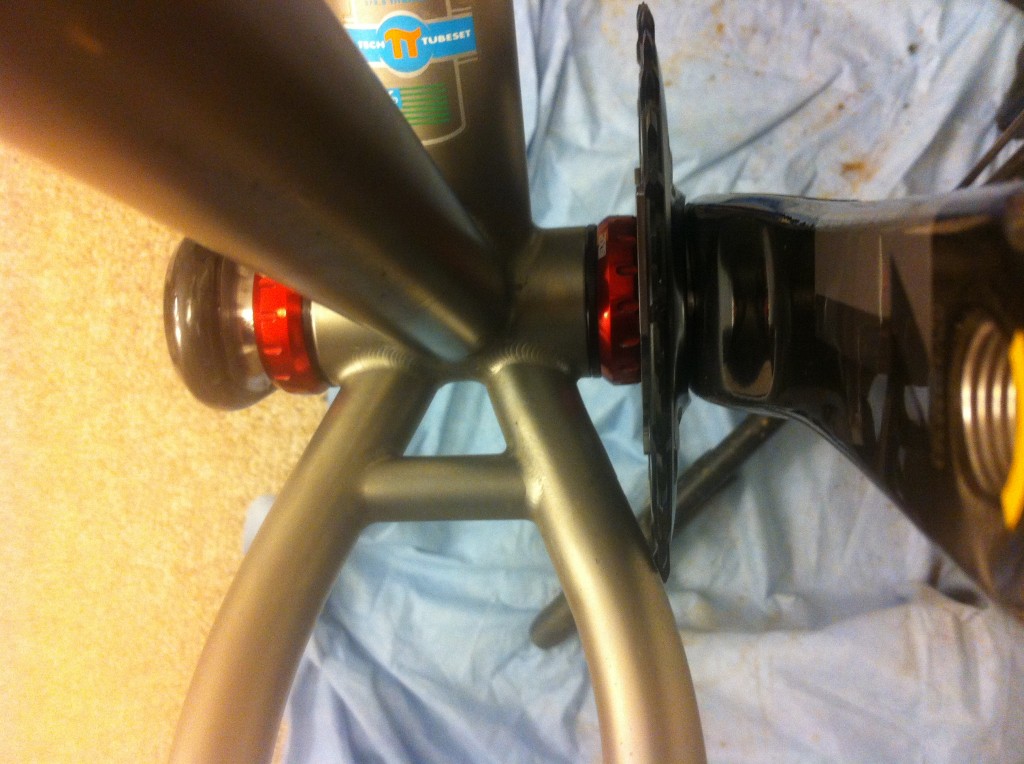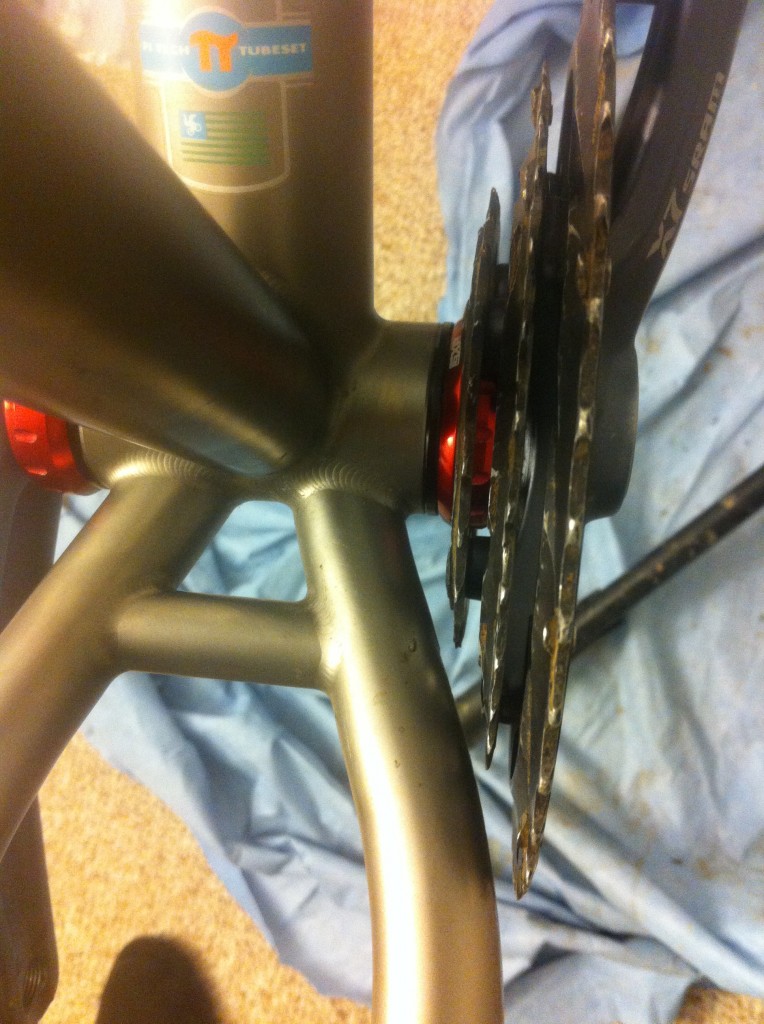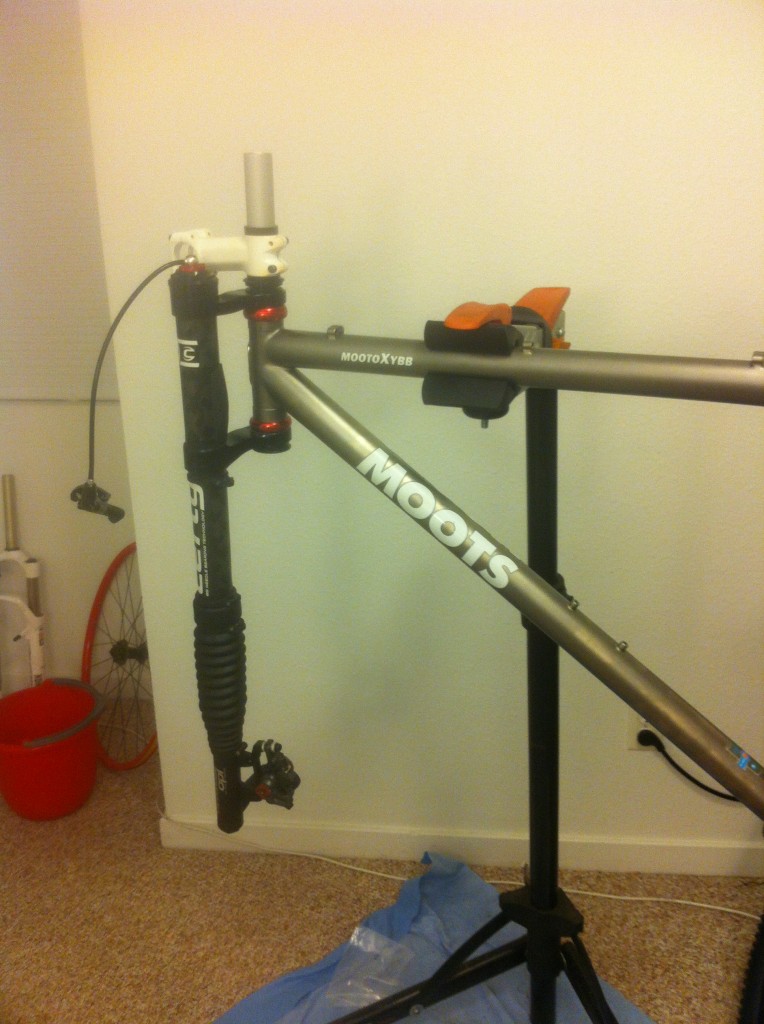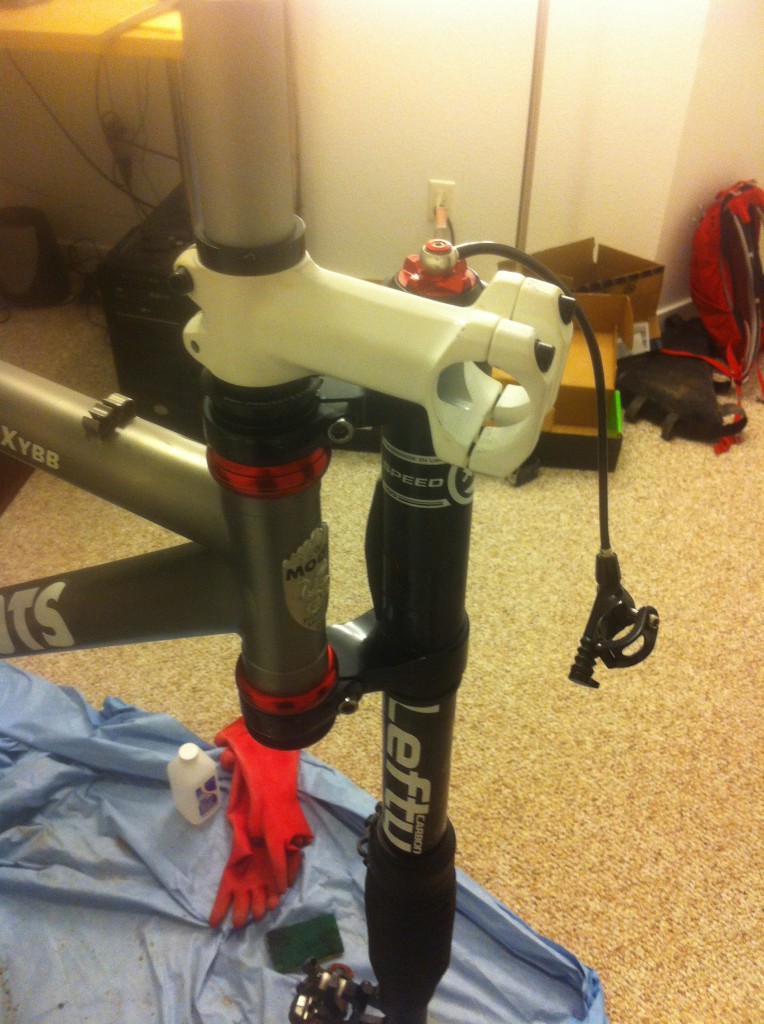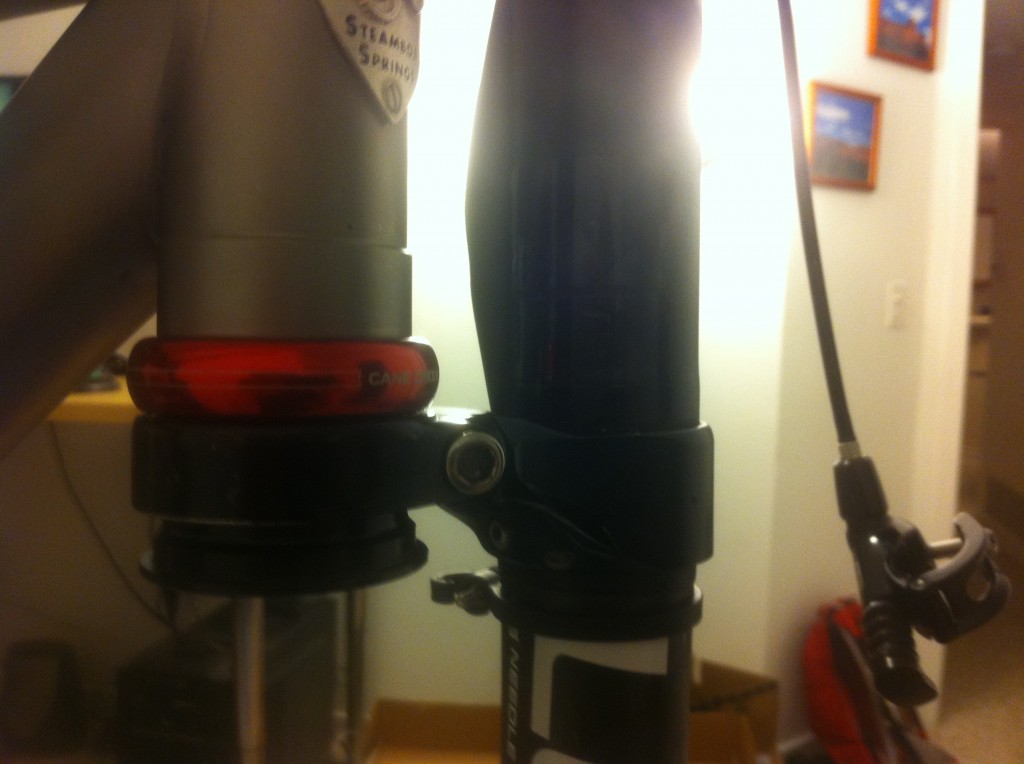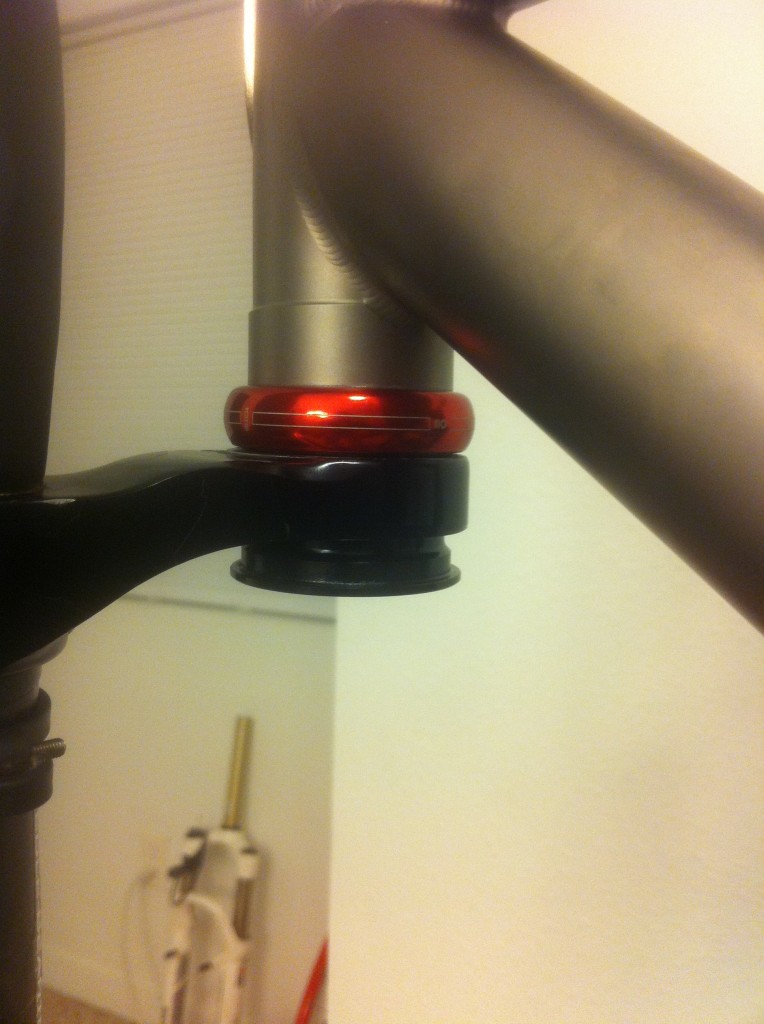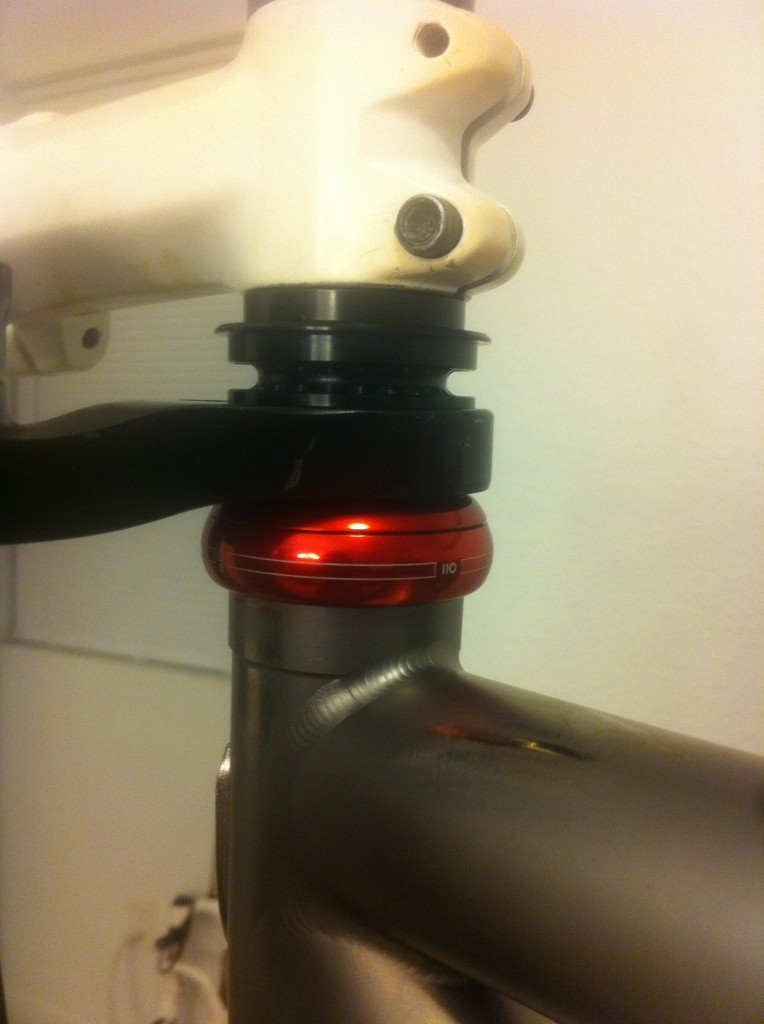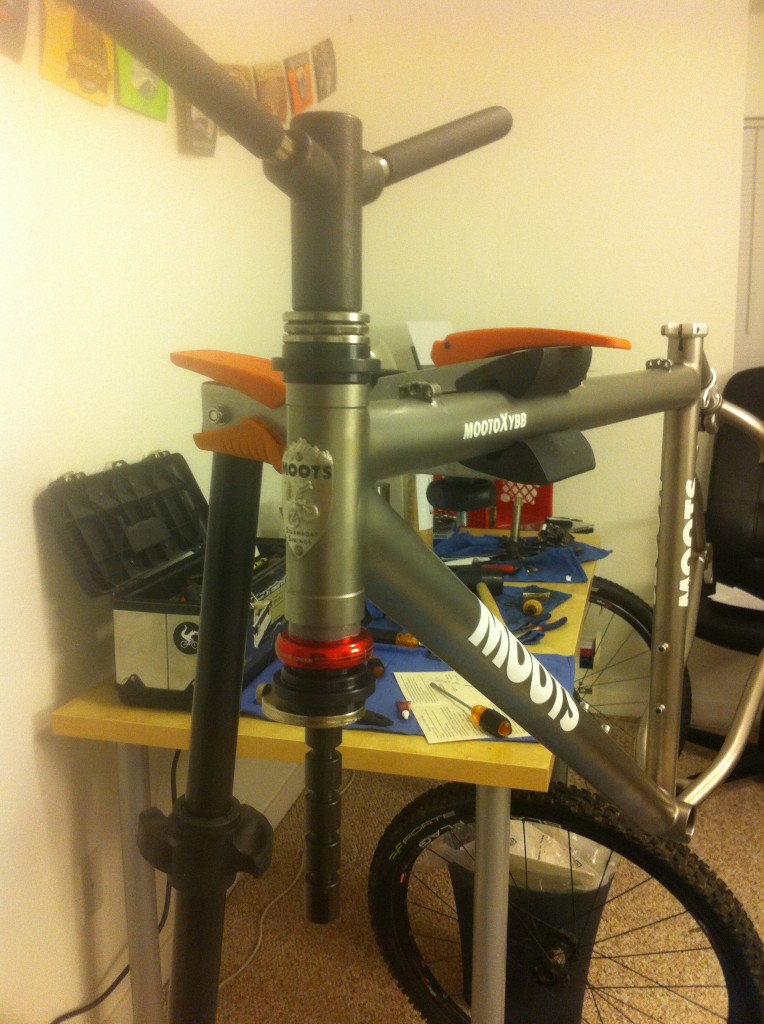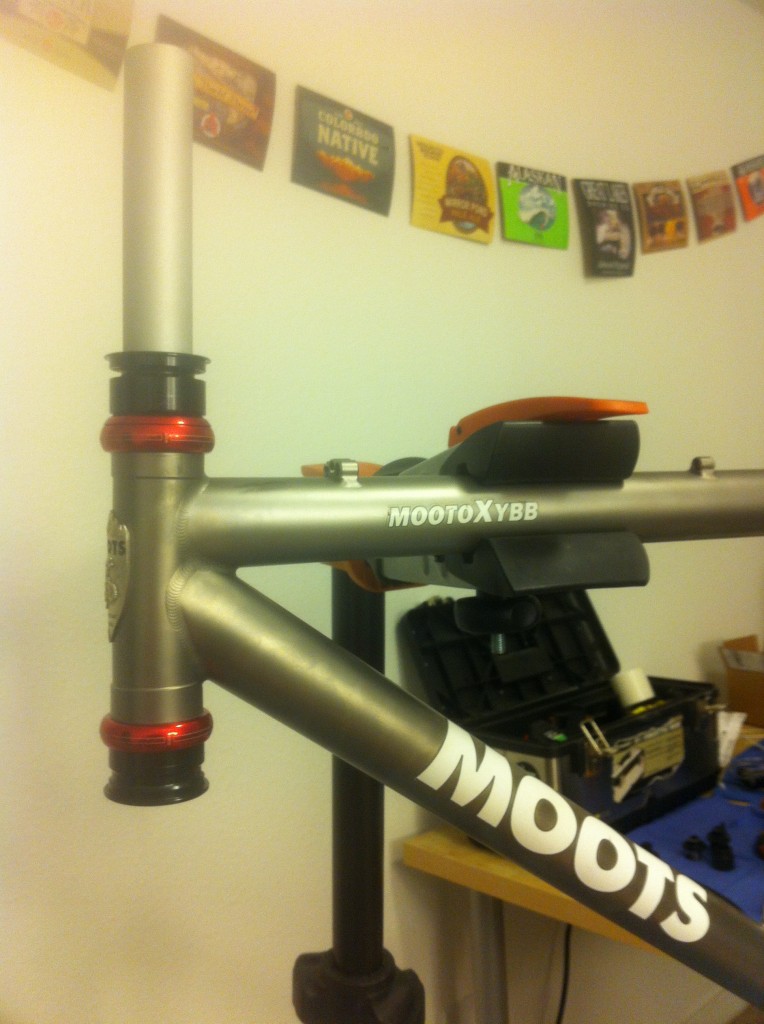Just like in 2014, I trained for the 2015 Tour Divide but decided not to race before the Grand Depart.
For the 2014 race, I started preparing very late. I wasn’t sure if I’d be able to get strong enough three months prior to the race. The notion was to do what I could for training and decide in early May whether I’d race. I wasn’t ready and so decided not to race.
In 2015, I started training earlier and smarter. From the beginning, I rode the bike fully loaded. I rode wearing the clothes that I’d wear on the race. I explored new roads up in the mountains so I wouldn’t get too bored with training. In 2014, I gave myself an opportunity to quit and took it. This year, I decided that I would race from the very beginning. I bought a plane ticket to Calgary.
It wasn’t until late in May that I did my first training overnighter. Until then, I told myself that camping was my strength (it certainly was in 2010 when I toured the Great Divide)…I should focus on my physical strength and gear selection. It turns out that was just an excuse to cover up the real reason for avoiding overnight rides.
Camping is fun. Even more fun when bikes are involved. Why didn’t I use “training” as an excuse to camp out more often? That should have been the first clue that I had reservations about racing.
When I finally went on that first overnighter, I faced new training issues: I had never packed the bike to carry an overnight’s worth of food! I had always just carried snacks for ~6 hours and stopped at home or a store for meals/resupply. I also had to find a place for a map case to hold either cues or the ACA maps.
It was a bit of a scramble, but I got the bike and supplies situated and headed out the door. I was riding up to a reservoir up in the mountains – 18 miles and 3700 ft of climbing away:
The first thing I noticed as I climbed out of Boulder is how much heavier the bike felt. Should I have been training with extra weight to simulate fuller loads of food/water? After 10 miles of climbing was the first descent. I noticed that the map case was flapping in the wind. The only place/orientation where it would fit caused it to flap up like an air brake when going fast enough. Obviously TD bikes are as aerodynamic as dump trucks, but over thousands of miles I think it would wear on my mind if the thing would flap around and block wind on every descent or in headwinds.
After months of feeling strong and prepared, I was losing confidence in my setup.
As I descended the final miles to the reservoir, I had a deep feeling of joy of having transported myself into the mountains by my own power. This is what bikepacking is all about! The sun had just set, so I ate the subway sandwich, gathered water for the next day, and set up camp for the night. I didn’t have a set/break camp routine with this gear, so it took a while to get ready. I wished it was still light so I could walk around the reservoir and explore a bit. I wished I didn’t have a five o’clock alarm set for the morning.
I turned off the alarm in the morning and kept sleeping. I would have liked to relax a bit before riding home, but I needed to break camp and eat with some haste. The Tour Divide isn’t the time to linger. An hour later, I had packed, eaten, and was riding home.
The ride home was very introspective. I enjoyed the ride and the camping, but felt like I could have enjoyed the trip more if I didn’t have to rush. The idea of riding hours into the night and waking before dawn didn’t appeal to me. By the time I got home my outlook at racing the Tour Divide changed from excitement to dread. The TD isn’t the right balance of challenge and enjoyment for me.
A few days later, I pulled the plug and decided not to race in 2015.
Oddly, for the first time in many years, I followed along as the racers traversed the continental divide. In previous years I avoided following along – it had always made me sad that I wasn’t out there racing or touring. Maybe this year I was content with the decision.
Notes for my future self: mistakes
Small details were left unsolved until too late: food choices/capacity, efficient camp setup and breakdown.
Never figured out the ideal cockpit setup: feed bag access, map case, light orientation, map case, bear spray location.
Training focused too much on strength, rather than the above logistics.
I trained my strength, not my weakness. I focused on climbing when I should have done more long-distance, slower, “flatter” rides.

